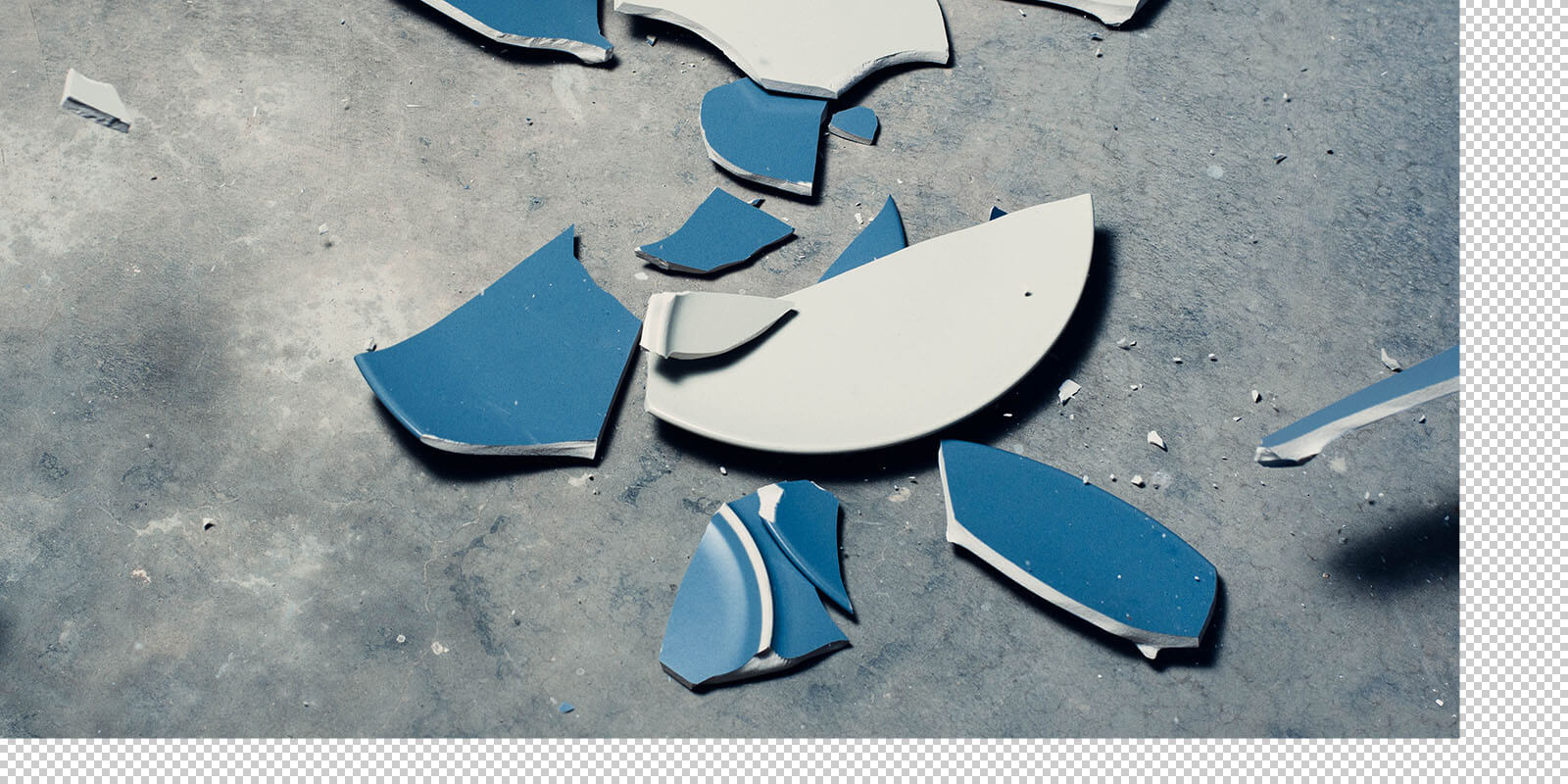Course · Part 1 · Assignment 5
Intro
How to Succeed With This Course
KeyThree
The key points from this assignment.
- Define and commit to your goals, and ask friends and family to hold you accountable
- Proactively plan the hours you’ll work on this course using a tool like Google Calendar, or a paper planner
- Keep going when things feel hard — that’s when you’re learning the most!

Image credit: Giorgio Trovato
Introduction
In this assignment, we’ll cover seven steps you can take to help set you up for success not only in this course, but in your entire creative career.
1. Commit to your goals, and create accountability

Image credit: Evan Hancock
One of the most important ways to commit to your own success is to ask other people to support your work, and hold you accountable for completing what you planned to do.
Tell your friends and family what you’re working on, share with them the goals you’ve set (a goal-setting exercise is coming up shortly), and ask them to check in on you to see how it’s going and offer encouragement.
The more you can bring other people in your life on the learning journey with you, the more likely it is that you’ll stay the course and reach your goals.
2. Plan time for the course into your schedule

Image credit: Burst
As Laura Vanderkam says in this TED Talk on time management, most of us aren’t actually short of time.
There are 168 hours in the week, she explains. If we assume we spend 40 of them working, and 56 of them sleeping, that still leaves us 72 hours each week to do something with.
The key, then, is planning — and being intentional about how we use the time we have available.
You determine your own pace for this course. It will take you about 120 hours in total, which is 5 weeks full-time (40 hours a week), 10 weeks half-time (20 hours a week), or 20 weeks quarter-time (10 hours a week).
We don’t recommend committing less than 10 hours a week, because doing that makes it hard to maintain a sense of momentum.
Use a planner that allows you to “time-block” your day in 30-minute segments. You could use a digital tool like Google Calendar, or a paper planner — we’ve included some printable templates for you to download at the end of this assignment. Proactively schedule the hours you plan to work on this course, and commit to following through.
It’s completely normal to slide off-track from time to time. You might even spend more time off-track than on-track! That’s when having other people to hold you accountable is key. They can help draw you back to your goals, and allow you to recover your motivation.
3. Persevere when the work feels difficult

Image credit: Aubrey Odom
Depending on what skill level you’re starting from, most or all of this course will be very new. It will also sometimes be difficult: there will be assignments where you don’t know how to move forward, tackle a design problem, or overcome a technical hurdle.
Facing — and getting past — challenges like these is an essential part of the learning process. In fact, the feeling of “difficulty” often means you’re entering new territory and gaining knowledge. The key is to accept that discomfort, and persevere. Your reward will come when you see yourself exercising your new skills, and producing stronger work.
4. Don’t worry about design software

Image credit: Pixabay
The only software tool you need for this course is Figma, which is free for personal use. It’s easy to pick up, and we’ve included tutorials to help.
However, if you’re planning to focus on graphic design professionally, we recommend that you also get to grips with Photoshop, Illustrator, and InDesign.
We’ve included tutorials for these tools at strategic points throughout the course. You’ll gradually pick up the software skills you need by completing the hands-on assignments.
Those Adobe tools have a free trial available, and they’re now available via monthly subscription, making them much more affordable. In Part 3, we’ll cover the full details of how to access Adobe software — you won’t need to use them before then.
5. Embrace failure

Image credit: Chuttersnap
This course isn’t assessed, which means you can’t “fail” in a formal sense. Instead, you should judge your success against the goals you set.
Keep in mind, though, that failure is rarely final. For example, one of your goals might be to build a portfolio. You might fail to complete that portfolio in the time you originally hoped, but there’s nothing to stop you revising your deadline and pressing on.
The key to gaining a new skill is to refuse to allow the inevitable failures and setbacks to knock you off course. Mistakes are information. Success is your destination, and failures are your stops along the way.
In the words of the great playwright Samuel Beckett: “Ever tried. Ever failed. No matter. Try again. Fail again. Fail better.”
6. Take consistent action

Image credit: Baseline Team
Lots of people will tell you that to learn a new skill, you need to be highly motivated, work long hours, and have limitless passion.
However, for most of us, life’s not really like that. It’s normal to be low on motivation, even for the things we love. And with jobs, families, and other commitments competing for our time and energy, putting in long hours often isn’t an option.
So it’s just as well that taking consistent action — ideally daily — is much more important than how motivated we feel, or how long we spend working.
In other words, your only job with this course is to move forward in some way each day — even if it’s just five minutes spent reading the next assignment.
Don’t sit waiting for the right moment, because it’ll never arrive.
7. Stay inspired with these design documentaries

Image credit: Anna Tis
There are now two seasons of the documentary series Abstract on Netflix. And Gary Hustwit has made some wonderful films about design, including Objectified , Urbanized , Helvetica , and Rams .
Next time you’re ready to collapse in front of the TV, try one of these!
In conclusion...
Before moving on to the next assignment, remember to download the printable templates we mentioned:
Daily planner template (PDF)
This simple planner helps you to be proactive with your time, and give a job to each hour in the day. Feel free to use it for everything — not just this course!
Course progress tracker (PDF)
This tracker allows you to feel good about the progress you’re making through the course. Display it somewhere prominent in your home — perhaps on the fridge, or on the wall behind your desk. Mark off each assignment as you complete it!
We’re asking you to track your progress on paper for a few reasons:
- Studies have shown that people who physically write down their goals are 20–40% more likely to accomplish them.
- Your progress needs to be most visible and prominent when you’re starting to disengage from the course.
- Displaying your progress in a shared space in your home can help friends and family encourage and support you.